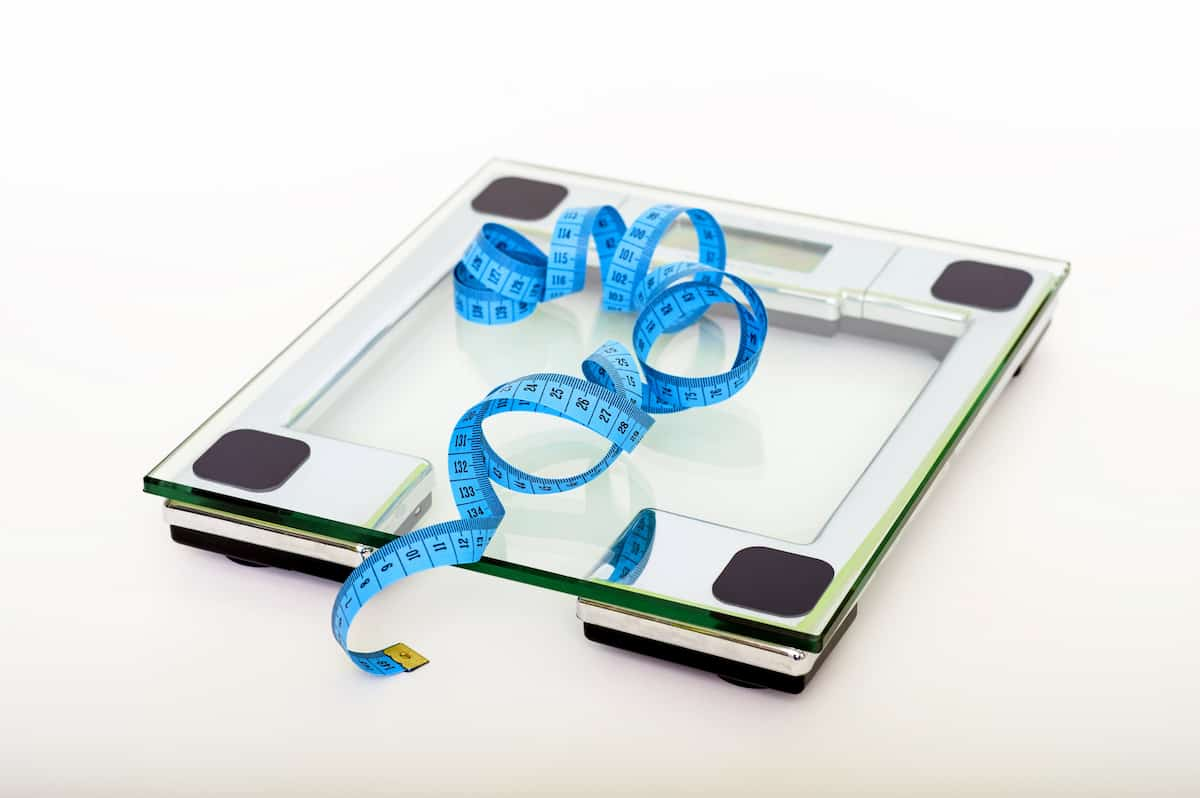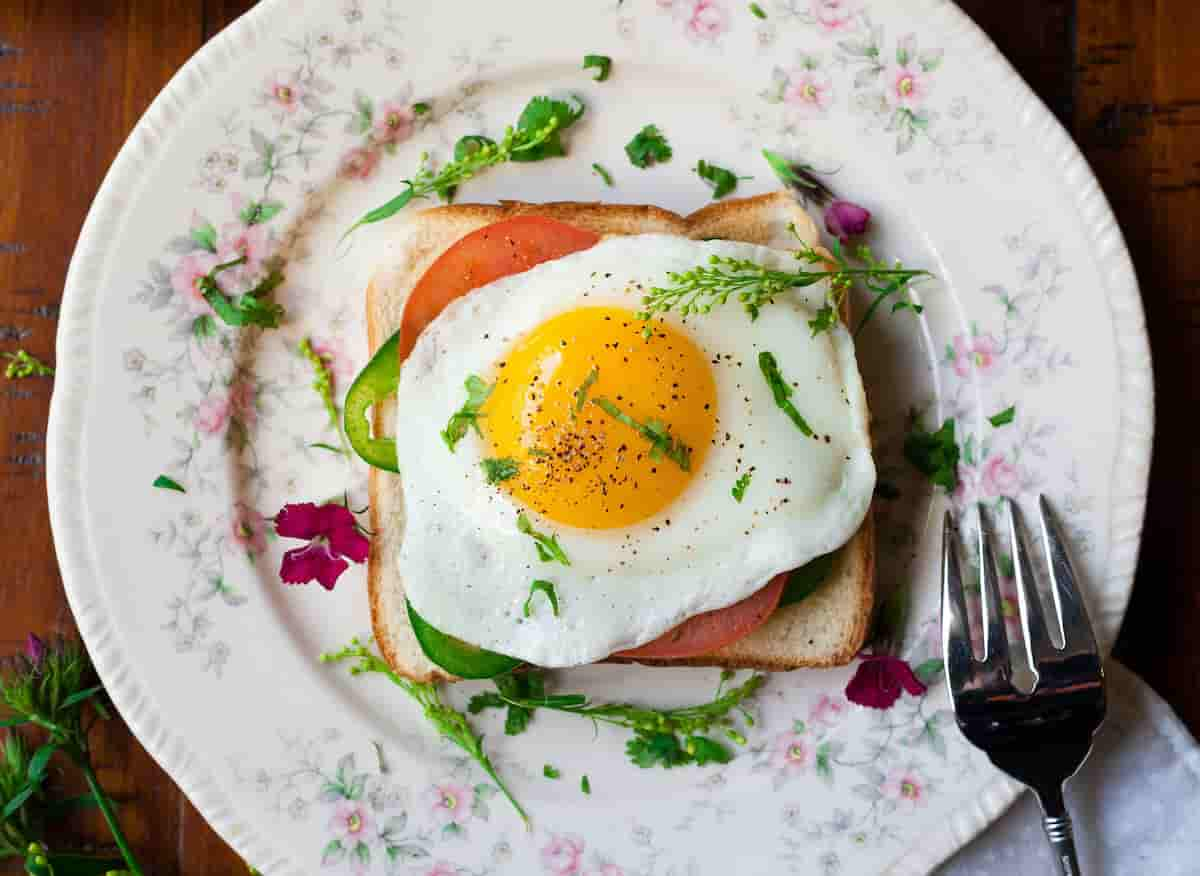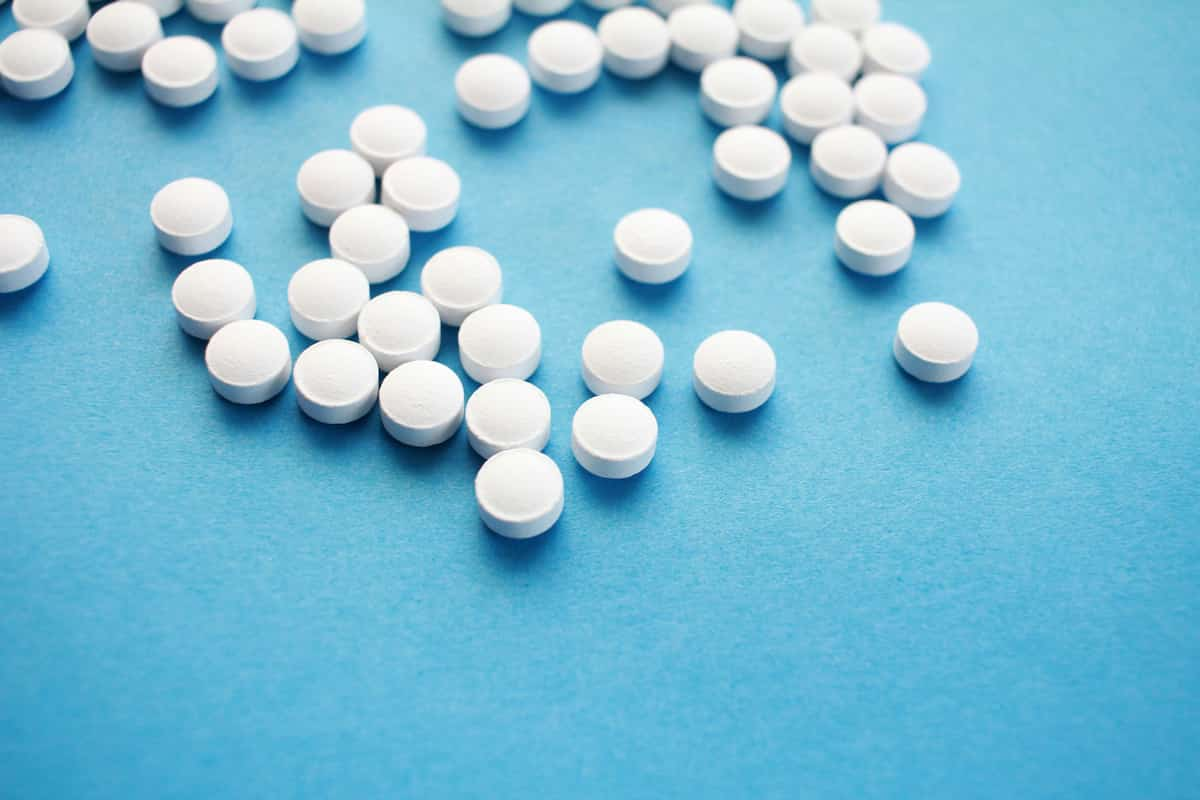Weight loss is hard enough without this surprising barrier.
People trying to lose weight often face criticism from their own family, surprising research shows.
Losing weight is hard enough without loved ones failing to be supportive.
Women criticised by their family about their weight ended up putting on more weight, the study showed.
In contrast, those that received unconditional acceptance from their family lost over five times as much.
Professor Christine Logel, the study’s first author, said:
“When we feel bad about our bodies, we often turn to loved ones — families, friends and romantic partners — for support and advice.
How they respond can have a bigger effect than we might think.”
The Canadian study involved hundreds of young women followed for around 9 months.
They were asked about their weight, how they felt about it and what their loved ones thought.
The results revealed that women who did not receive many messages of acceptance from their family put on an average of 5.5 pounds.
Those that received acceptance from loved ones, though, lost an average of 1 pound.
Professor Logel said:
“On average, the women in the study were at the high end of Health Canada’s BMI recommendations, so the healthiest thing is for them to maintain the weight they have and not be so hard on themselves.
But many of the women were still very concerned about how much they weigh, and most talked to their loved ones about it.”
Feeling better about themselves likely encouraged people in the study to eat more healthily.
Acceptance may also reduce stress, leading to less weight gain.
Professor Logel said:
“Lots of research finds that social support improves our health.
An important part of social support is feeling that our loved ones accept us just the way we are.
We all know someone who points out our weight gain or offers to help us lose weight.
These results suggest that these comments are misguided.”
The study was published in the journal Personal Relationships (Logel et al., 2014).







